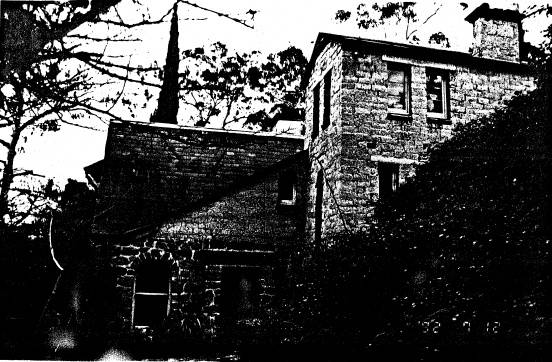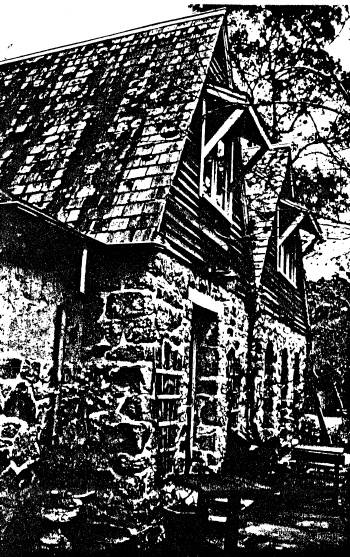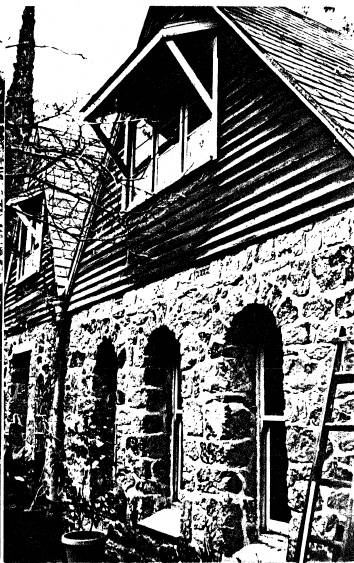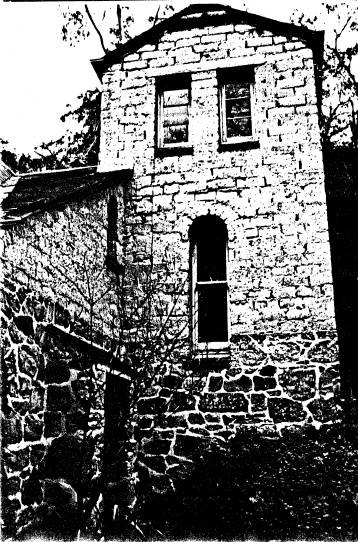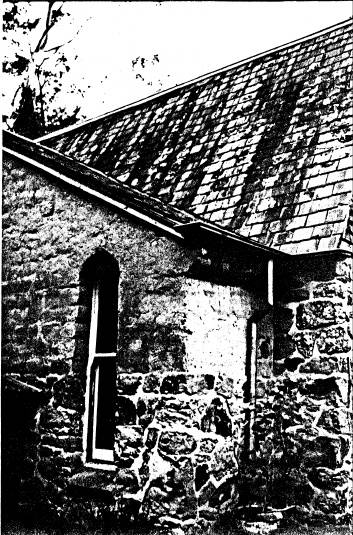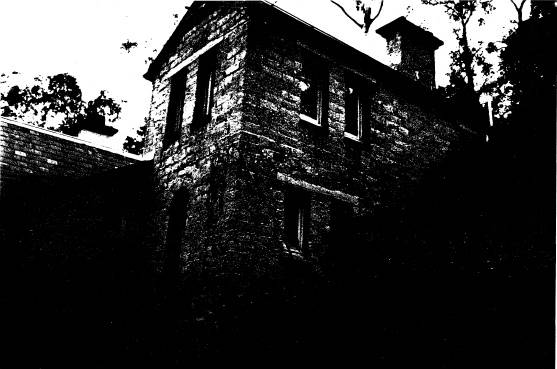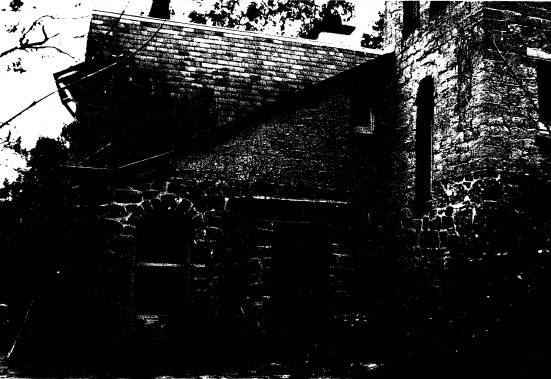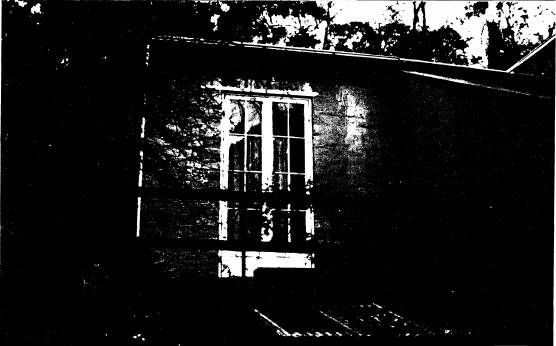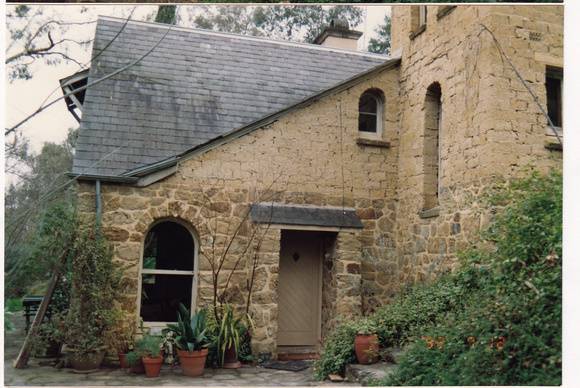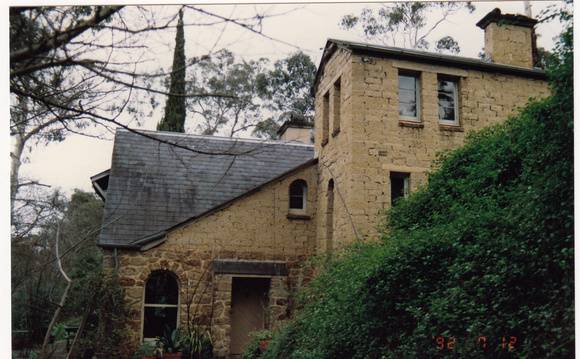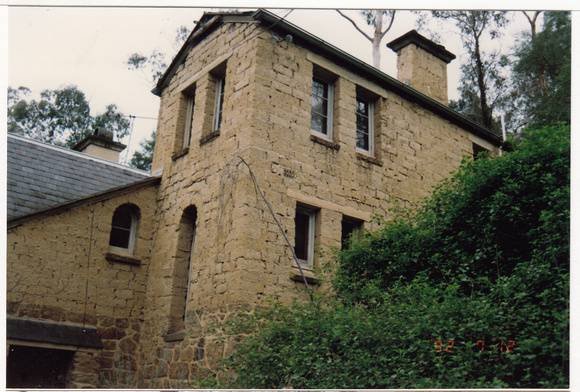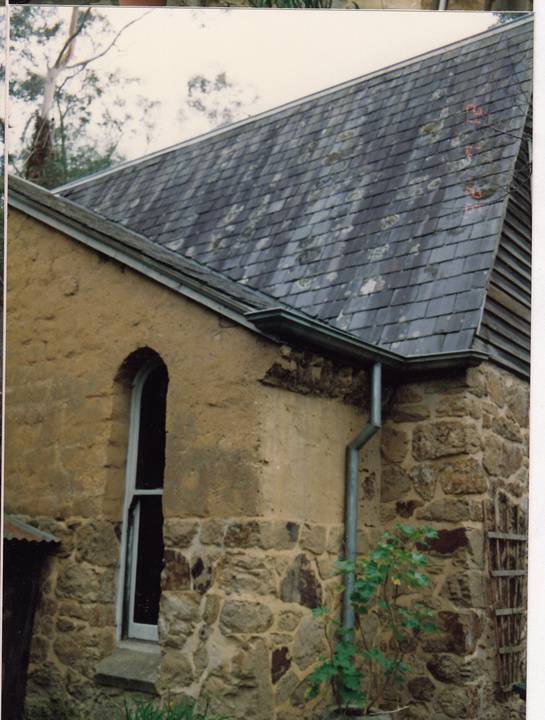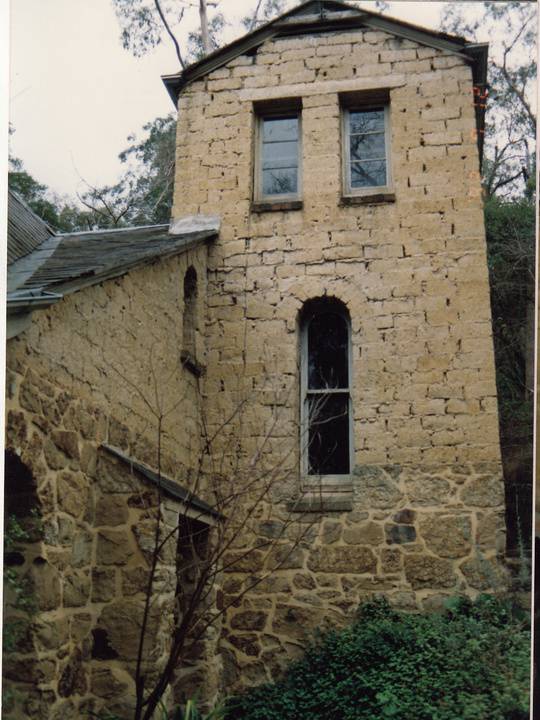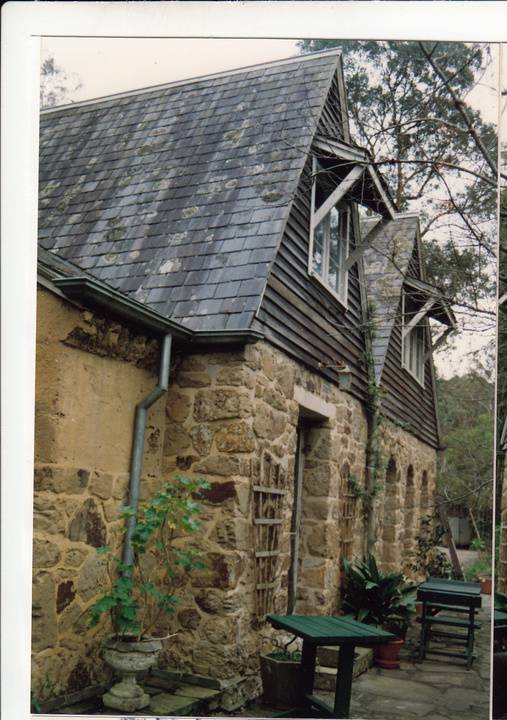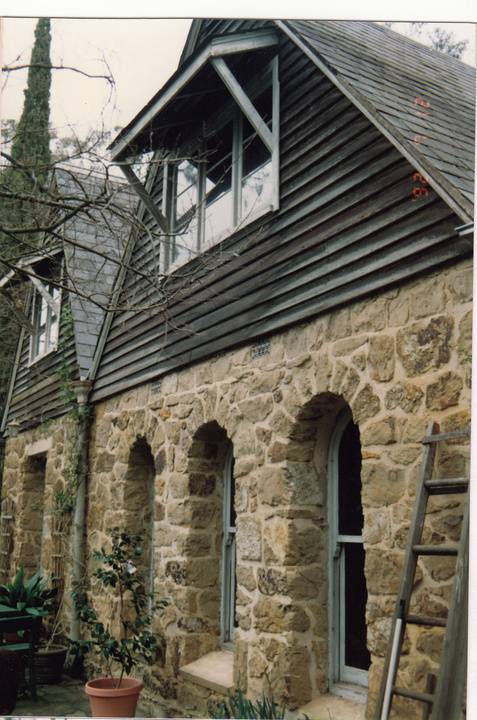| Back to search results » | Back to search page » |
|
STONE AND ADOBE RESIDENCE - CLAY NUNEHAM, 12-16 STANHOPE ST, ELTHAM
Statement of Significance
REVISED STATEMENT OF SIGNIFICANCE, CONTEXT, 2010 What is significant?
How is it significant?
Why is it significant?
BICK STUDY, 1992 BASIS OF SIGNIFICANCE: ILLUSTRATION OF THE THEMES HISTORY ARCHITECTURE DEGREE OF SIGNIFICANCE: LOCAL SIGNIFICANCE EXTENT OF SIGNIFICANCE: ENTIRE BUILDING AND SITE
The c1950 house and the surrounding site to the title boundaries.
The house is architecturally, aesthetically and historically significant to the Shire of Nillumbik and potentially to the State of Victoria.
The house is historically significant because it was built by the journalist turned builder/designer John Harcourt, a pioneer in the development of the distinctive 'Eltham style' of architecture, and an associate of the founder of Montsalvat, Justus Jorgensen (Criterion H). The house is architecturally and aesthetically significant because, after Montsalvat, Clay Nuneham is Eltham's finest English/European historical style inspired dwelling. It features the extensive use of mud brick and stone, a tower and a slate roof and is one of the earliest examples of the use of mud brick (following World War II) in the area (Criterion F).
Clay Nuneham is, after Montsalvat, Eltham Shire's finest English/European historical style inspired dwelling. The property has historic significance for its associations with John Harcourt, a pioneer, builder, in pise-de-terre and mud brick in the Eltham Shire in the 1940s, and as an early example of the use of these materials in Eltham.
Group
Residential buildings (private)
Category
Residence


